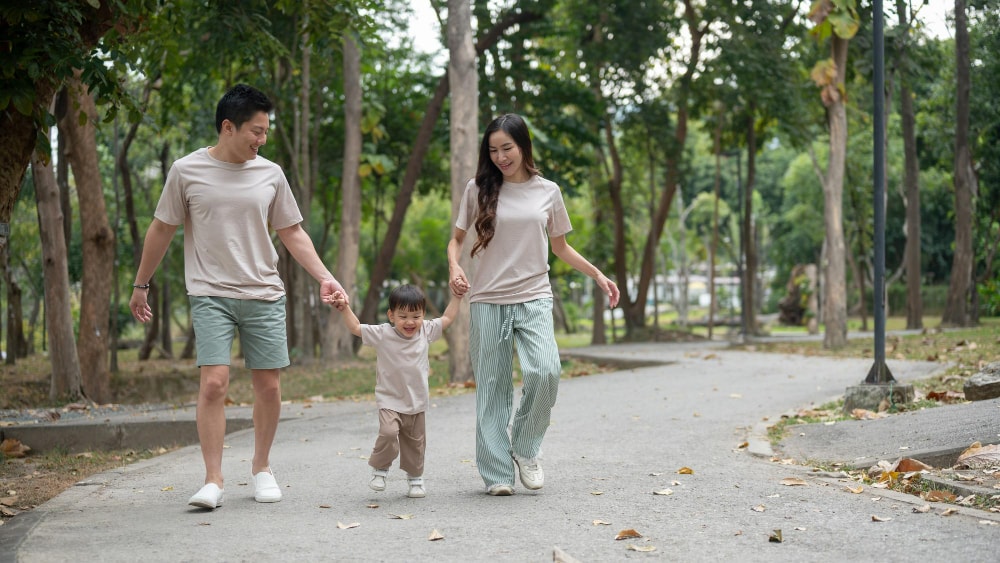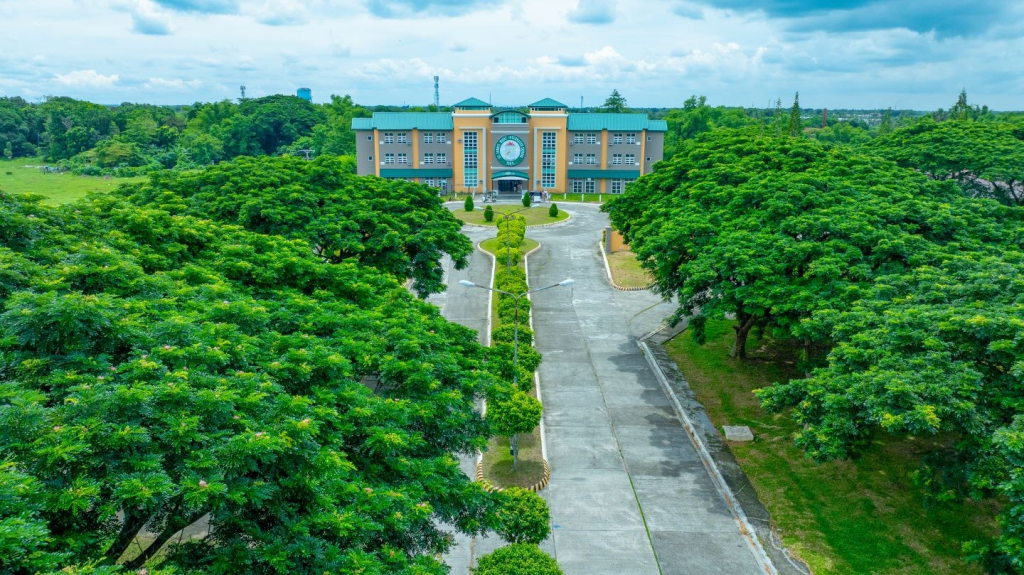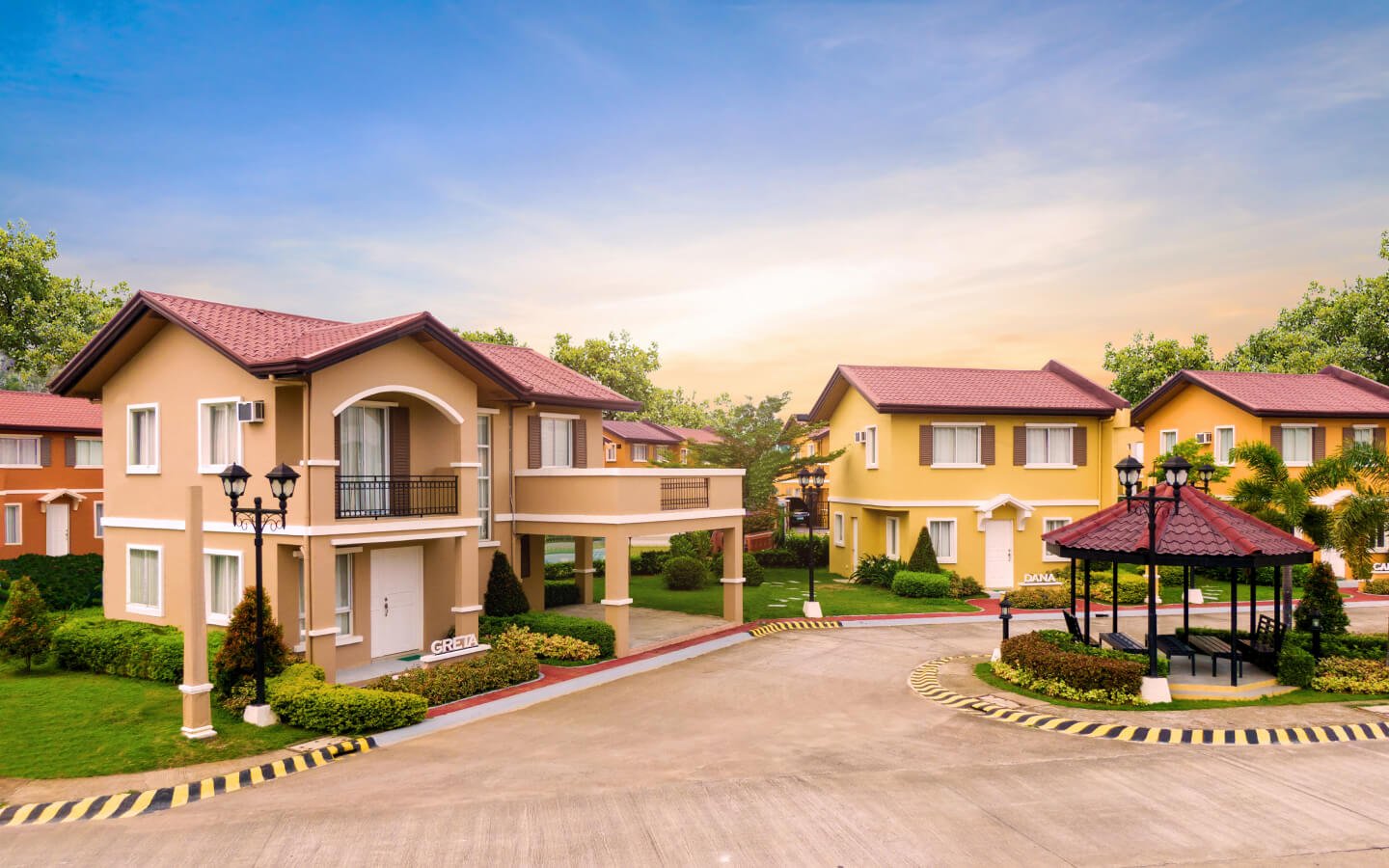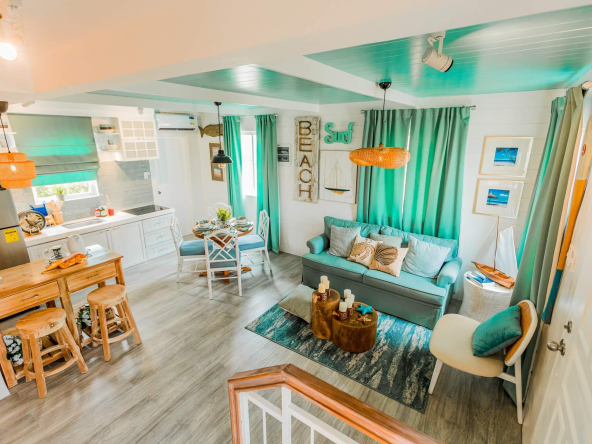
Living in a walkable community is more than just a convenience, especially in a time when we depend on devices and the internet for most necessities and social interaction.
Walkable communities offer a lifestyle that supports health, well-being, and stronger connections with those around us.
What are Walkable Communities?
As more Filipinos seek homes that suit modern needs, walkable neighborhoods are becoming one of the most desirable features in residential developments.
But what does it really mean to be living in a walkable community where everything is within reach?
Living in a place designed to make everyday life easier and more enjoyable
It means grocery stores, schools, parks, local businesses, public transportation, and community events are just a short walk or a quick commute away.
The benefits of living in a walkable community can’t be understated. Living in a walkable community means living in a place designed to keep everyday life easier, healthier, and more enjoyable.

The Benefits of Walkable Communities to Residents
Well-connected neighborhoods
Accessibility in urban areas is more than just proximity. It’s about having well-connected neighborhoods that offer public spaces, safe walking paths, and easy access to public transit.
Reduces traffic congestion, improves air quality, and encourages physical activity
Urban planning that creates walkable cities reduces traffic congestion, improves air quality, and encourages people to engage in daily physical activity by making walking and biking part of their routines.
According to the World Health Organization, environmental factors play a huge role in community members’ health.
Mitigating carbon footprint
Communities with high walkability make it easier for residents to run errands, attend school, or visit friends without relying on a car, reducing their carbon footprint and creating a healthier environment for everyone.

Essential Establishments in Walkable Neighborhoods
A truly walkable neighborhood living experience includes key establishments that support both convenience and well-being, including:
- Grocery stores and markets – for fresh produce and everyday essentials.
- Schools and learning centers – so kids can walk safely to school.
- Parks and green spaces – where residents can enjoy outdoor activities, play, or simply relax.
- Healthcare facilities – clinics and pharmacies within walking distance.
- Local businesses and small businesses – such as cafés, salons, and shops that add character to the neighborhood and create more spaces for social interaction within the community.
- Public transportation stops – for easy access to work or other urban areas.
- Community events and shared spaces – places where people gather, fostering social interaction and a sense of community in walkable neighborhoods.
These establishments form the backbone of walkable living, allowing residents to spend less time traveling and more time enjoying everyday life, all while encouraging a healthy lifestyle with regular physical activity.

Benefits of Living in a Walkable Community
The most significant benefits of walkable communities go beyond convenience; they transform how people feel and connect with their physical environment.
1. Better Physical Health
Walkable areas naturally encourage physical activity, helping residents maintain a healthy lifestyle and reduce risks of chronic disease.
The ability to walk or bike to run errands integrates exercise into everyday life without requiring a gym membership.
Plus, an area’s walkability also helps reduce a community’s carbon footprint. This means there’s better air quality for community residents, lessening the risk of lung issues.
2. Improved Mental Health and Social Health
When people interact more often in public spaces and shared spaces, they develop stronger social connections and a greater sense of community and belonging.
Increased social interaction can reduce loneliness and boost mental health. This is one of the many benefits of living in a walkable community. It strengthens the social fabric of the community, even in dense urban areas.
3. Environmental and Economic Benefits
Living in a walkable area supports a healthier environment by reducing reliance on cars, which means cleaner air and a smaller carbon footprint.
Most walkable communities will also prioritize parks and recreational spaces where community members can have daily physical activity, such as walking and running.
Walkable neighborhoods also support local businesses, which keep money circulating within the community and create jobs for community members.
4. Safety and Convenience for Residents
Good urban planning in walkable cities addresses safety concerns by ensuring proper lighting, well-maintained sidewalks, and clear pedestrian crossings.
One of the benefits of living in a walkable neighborhood is that you’re near essential establishments, where you have faster access to help in emergencies and fewer long commutes that cause stress.
Having all these essential establishments within walking distance allows peace of mind for residents.
5. Stronger Sense of Community
Perhaps the most significant benefit is how walkable neighborhoods foster a strong sense of belonging.
Living in a walkable community creates more opportunities for social interaction between residents regularly. For one, you can easily build relationships with other community members who have the same daily walking route as you.
Seeing familiar faces while walking to the park or attending community events creates a greater sense of trust and sense of community among residents.

The Role of Urban Planning in Creating Walkable Neighborhoods
Creating more walkable communities requires a holistic approach to urban planning.
Planners must consider population density, housing prices, public spaces, and green spaces to make mixed-use areas that are not just functional but welcoming.
Encouraging walking through infrastructure and encouraging residents to participate in community events helps create a thriving urbanist community.
Camella: Creating More Walkable Communities
Camella has long understood the benefits of living in neighborhoods where convenience, safety, and connection are top priorities.
Each Camella development is masterfully planned to provide walkable living with walking areas, green spaces, and easily accessible essential establishments.
With public transportation options nearby, community events to bring neighbors together, and local businesses within walking distance, Camella offers a lifestyle that supports your overall health.
When you choose Camella in any city in the Philippines, you choose a home in a walkable community that makes it easy to live an active lifestyle, enjoy cleaner air, and form meaningful social connections.
Camella is a place where you can thrive and where everything you need is within reach.

Celebrate Life’s Milestones in Camella!
Make unforgettable memories in a Camella home.
Our communities are designed to elevate your living experience.

